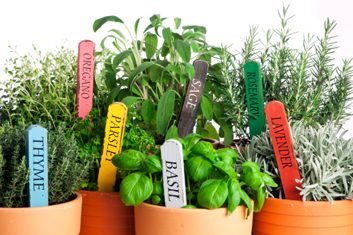
Fresh herbs
Buy a couple of herb plants and grow them on a sunny windowsill so you have ready access to small amounts. If you’ve bought a bunch of parsley, mint or basil, use handfuls in salads and sauces. For basil, toss the remainders of a bunch into a food processor or blender, drizzle in some olive oil and process until finely chopped. Spoon into ice cube trays or small covered containers, and freeze. Once frozen, remove from trays, place in a freezer bag and use in place of fresh basil in almost any recipe.
To keep cilantro fresh longer for use in other dishes, place it in a paper bag or wrap it in a paper towel, then place it in a plastic bag in the crisper (and remember not to put heavy vegetables on top of your herbs-this shortens the herbs’ storage life). Herbs that are hardier, such as thyme and rosemary, can be dried.
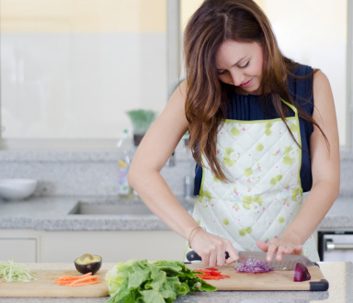
Fresh vegetables
Here’s a tip that will work with almost any leftover vegetables-except leafy greens, of course. Chop leftovers into roughly inch-size pieces, lay them on a baking sheet, drizzle with olive oil, then roast in the oven at 425°F for 30 to 40 minutes. Pair roasted veggies with meat or fish, scatter with leftover herbs and feta for lunch, use as a pizza topping, purée to make soup or stir into cooked pasta.
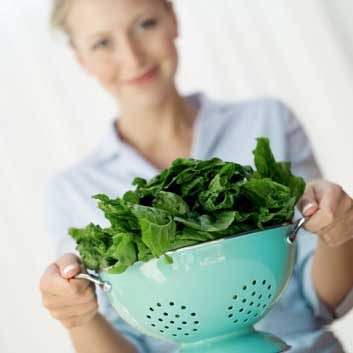
Spinach and greens
If you have a bunch, ignore the amounts called for in the recipe; instead, add extra spinach and other greens. They may look unwieldy in the pan, but they wilt when cooked and their flavour won’t dominate your meal. Fresh greens can also be blanched, then frozen.
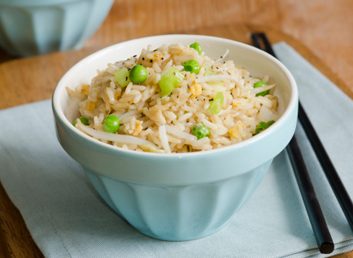
Cooked rice and pasta
It’s easy to cook too much rice and end up with extra if you don’t accurately measure out what you need. Leftover rice should be put in the fridge immediately after cooking, so it cools rapidly; use it within three days. Leftover rice makes a great breakfast: Combine fried or heated rice with berries or chopped fruit, yogurt and a sprinkling of nuts.
Leftover pasta dishes often make a great lunch the next day-just toss in some sliced peppers and tomatoes plus your favourite cheese and you have a pasta salad. Add leftover cooked pasta to soups, stews and even curries.
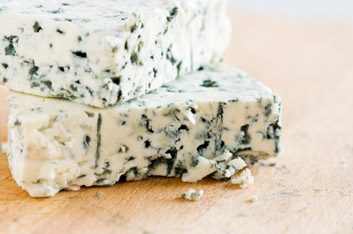
Cheese
It’s difficult to buy a small amount of cheese. But you can freeze leftover bits of hard cheese, such as Parmesan and cheddar. Cut the cheese into usable portions or grate it, then wrap it tightly in plastic wrap, place in an airtight zip-lock bag and freeze for up to two months.
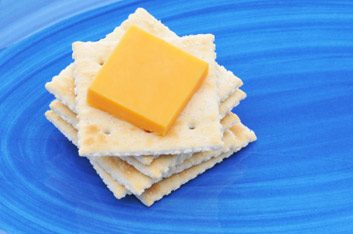
Cheese
It’s difficult to buy a small amount of cheese. But you can freeze leftover bits of hard cheese, such as Parmesan and cheddar. Cut the cheese into usable portions or grate it, then wrap it tightly in plastic wrap, place in an airtight zip-lock bag and freeze for up to two months.

Milk
Going on a trip and don’t know what to do with the milk in your fridge? You can freeze it! Pour into a zip-lock bag or small plastic container with a lid, and freeze for up to three months.
Related:
• 5 ways to waste less food
• 7 healthy ways to use food scraps
• 5 habits for eco-friendly food shopping
